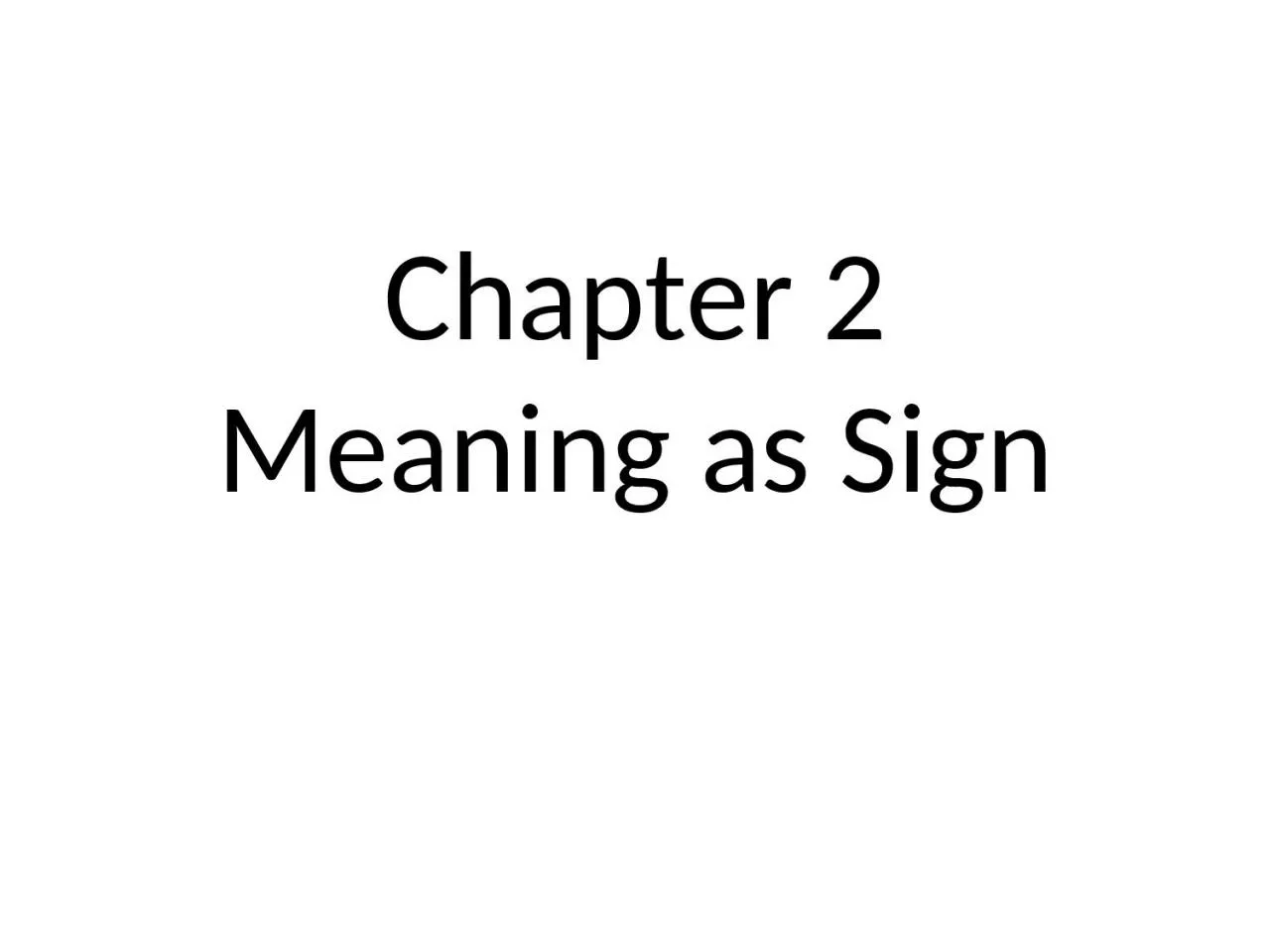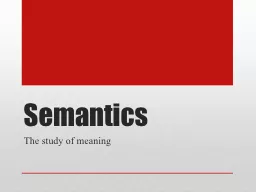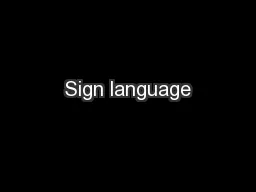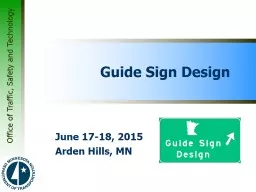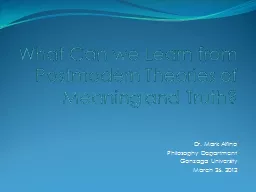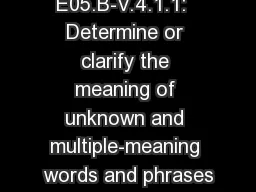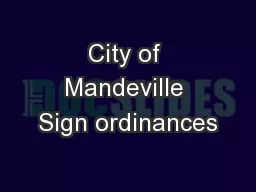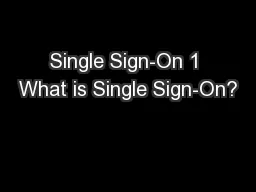PPT-Chapter 2 Meaning as Sign
Author : elise | Published Date : 2023-06-25
Semiology the study of signs amp symbols also known as the study of meaning Language can have meaning in two ways 1what it says encoded sign Semantics 2 what
Presentation Embed Code
Download Presentation
Download Presentation The PPT/PDF document "Chapter 2 Meaning as Sign" is the property of its rightful owner. Permission is granted to download and print the materials on this website for personal, non-commercial use only, and to display it on your personal computer provided you do not modify the materials and that you retain all copyright notices contained in the materials. By downloading content from our website, you accept the terms of this agreement.
Chapter 2 Meaning as Sign: Transcript
Download Rules Of Document
"Chapter 2 Meaning as Sign"The content belongs to its owner. You may download and print it for personal use, without modification, and keep all copyright notices. By downloading, you agree to these terms.
Related Documents

